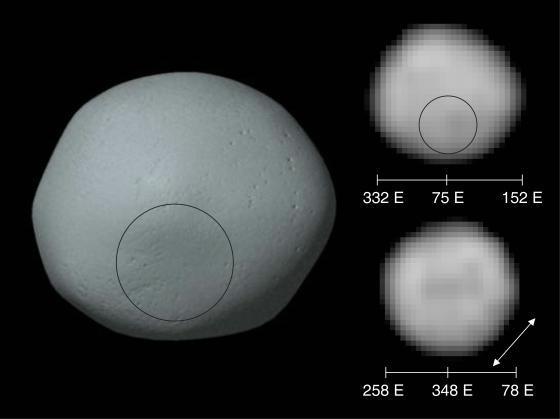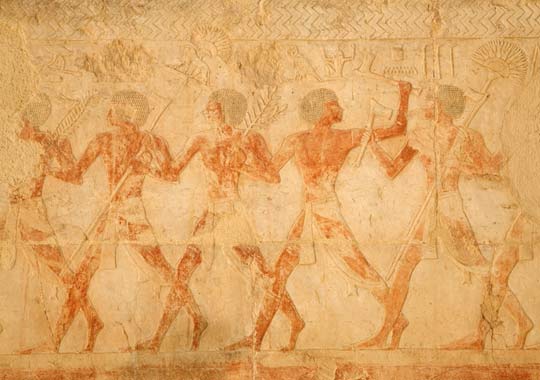
© NASA/ESA/J. Parker/SWRI/P. Thomas/Cornell U/L. McFadden/University of Maryland/M. Mutchler/Z. Levay/STScIThe largest asteroid, Ceres (shown), appears to contain a lot of water ice beneath its surface. Now ice has been detected on the surface of the asteroid 24 Themis, which lies about three times as far from the sun as Earth does.
Two independent teams have found what may be the first direct evidence of water ice on the surface of an asteroid. The discovery lends support to the idea that asteroids could have helped deliver water to the early Earth.
Asteroids are generally considered to be rocky, and comets icy. That's because ice in the early solar system is thought to have formed beyond a "snow line" lying somewhere between Mars and Jupiter. Asteroids forming beyond that boundary could contain ice.
But it is not clear how common ice might be in the main asteroid belt, because sunlight is expected to quickly vaporise ice on the surfaces of airless bodies that fly closer to the sun than Jupiter.
In 2008, however, Andrew Rivkin of Johns Hopkins University in Laurel, Maryland, and Joshua Emery of the SETI Institute in Mountain View, California, found hints that the asteroid 24 Themis, which sits in the main asteroid belt between Mars and Jupiter, could have water ice on its surface. The team found the water signal by measuring the spectrum of infrared light radiated by the object.
Now a second team has found the water ice signature using the same telescope, NASA's Infrared Telescope Facility in Hawaii.
The new observations suggest water ice, mixed with organic molecules, is "widespread on the surface of the asteroid", Humberto Campins of the University of Central Florida in Orlando reported at a meeting of the American Astronomical Society's Division of Planetary Sciences in Fajardo, Puerto Rico, last week.



